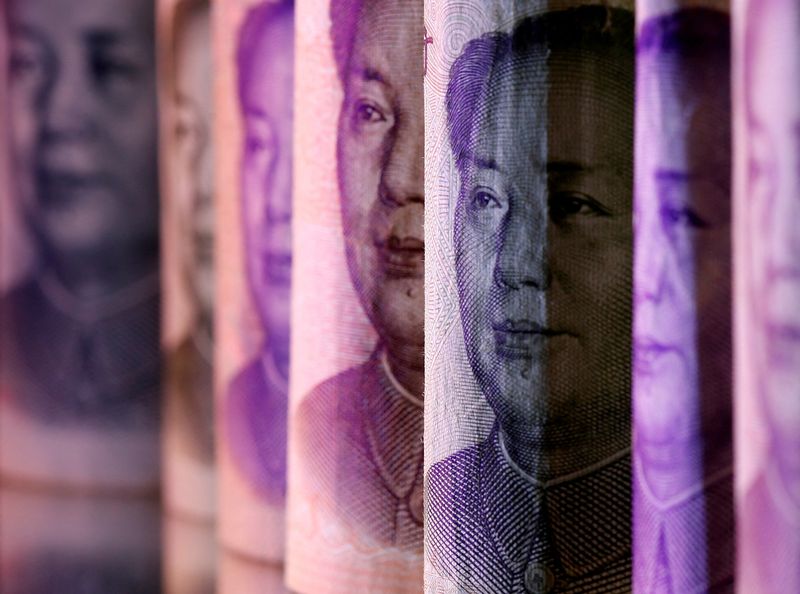By Jamie McGeever
(Reuters) - A look at the day ahead in Asian markets.
Attention turns to China on Monday and the release of November inflation data, with global investor sentiment broadly upbeat as the relentless rally on Wall Street continues but tempered by an increasingly volatile geopolitical backdrop.
The toppling of Syrian President Bashar al-Assad and the uncertainty that unleashes on an already volatile Middle East, criminal charges against South Korean President Yoon Suk Yeol, and France's political chaos are all potential reasons for investors to play it safe.
If so, U.S. Treasuries and other government bonds, gold and the dollar may all see increased interest in early trading on Monday. The fast-moving events in South Korea could ripple across Asia, and the country's finance ministry and central bank are expected to do all they can to ensure financial stability and protect the won.
The currency has weakened around 10% since the end of September, hitting a two-year low last week. A move through 1,445 won per dollar, which is eminently possible, will mark its weakest level since the global financial crisis in early 2009.
On the other hand, the prospect of further interest rate cuts from the U.S. Federal Reserve and falling Treasury bond yields, combined with solid U.S. employment figures on Friday, delivered yet another record high on Wall Street.
Global FX volatility may be on the rise, but measures of U.S. equity and bond market volatility are the lowest in months. As long as that remains the case, Wall Street seems set to end a remarkable year on a firm footing.
Investors in Asia on Monday have their first opportunity to react to Friday's U.S. non-farm payrolls report which showed solid job growth but an uptick in the unemployment rate last month.
Rates traders appeared to have put more weight on the unemployment rate - they now fully expect a quarter point rate cut from the Fed on Dec. 18, and priced in an extra 10 bps of easing over the course of next year.
The main data focus on Monday in Asia will be consumer and producer price inflation from China. The pace of monthly consumer deflation is expected to have accelerated to -0.4% from -0.3%, and this would be the deepest rate of month-on-month price declines since March. Annual inflation is seen rising to 0.5% from 0.3%.
Producer prices, however, are expected to remain deep in deflationary territory with factory gate prices falling at an annual rate of 2.8% in November, little changed from October's 2.9% fall.
Investors will also now be looking ahead to China's upcoming Politburo meeting, where Beijing's top policymakers will set out their priorities for the coming year. For investors, the government's 2025 growth target and budget will be two of the most important.
Here are key developments that could provide more direction to markets on Monday:
- China producer, consumer inflation (November)

- Japan GDP (Q3, revised)
- Taiwan trade (November)